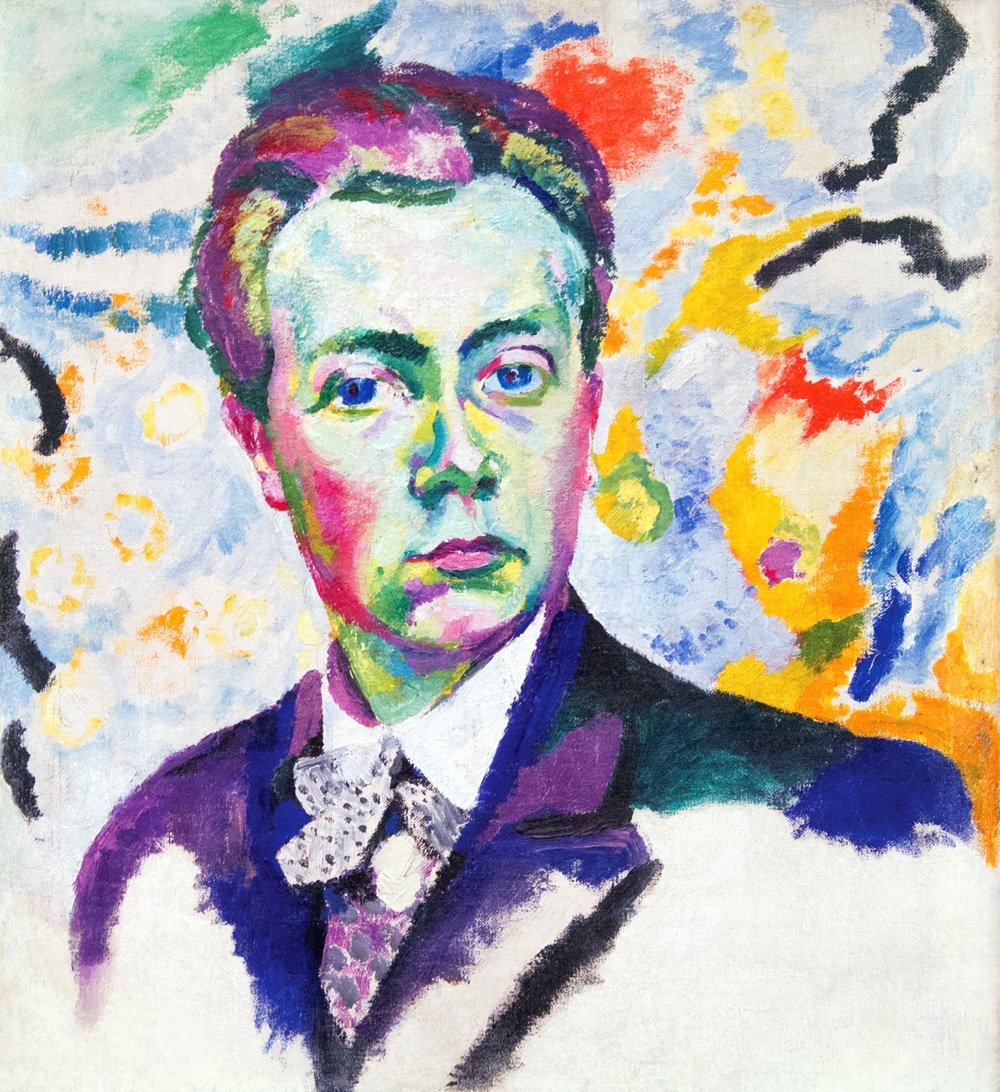Egon Schiele (1890-1918) made no attempt to hide his desire to befriend Gustav Klimt (1862-1918). His admiration for Klimt, the star of the Viennese art circle, grew from his domination of the avant garde art scene in the early 20th century. In 1907 he became determined to meet Klimt. He had heard that Klimt had his own admiration for those who sought to be successful.
Visual & Decorative Arts Blog
Topics: Masterpieces of Art, Modern Art, art, egon schiele
Our visually stunning art calendars feature a fantastic collection of works from prominent and beloved artists. Here’s a rundown of 10 of our best 2017 wall calendars featuring work from 20th-century artists.
Topics: visual arts, Art Deco, Art Calendars, Modern Art, Flame Tree Calendars
Salvador Dalí (1904–89) was the most complex and possibly the most controversial artist of the twentieth century. Although his popularity with the public at large has never been in question, the attitude of the art world towards this giant of twentieth-century art has often been much more ambivalent. Reasons for this apparent mismatch between public and academic reactions to Dalí’s work can be traced to the artist’s life and the huge body of work that his prodigious creativity and boundless energy produced.
Topics: Modern Art, surrealism, salvador dali
A pioneer of abstract art, Wassily Kandinsky (1866–1944) is still renowned for his woodcuts, paintings and heading of the Blue Rider group which included Franz Marc (1880–1916), August Macke (1887–26) and Paul Klee – all Expressionist yet very distinct from each other in terms of technique. Kandinsky's style went through many changes, ranging from the fast brush work and striking colours of Fauvism to the horizontal lines and plain colours of Neoplasticism. It is perhaps because of this changeability that his work is still loved by many today.
Topics: Wassily Kandinsky, Modern Art
Pop Art first emerged in the mid-1950s in both America and Britain. It was in part a reaction against the emotional seriousness and introspection of Abstract Expressionism, which had been affected by the experience of the Second World War. The term ‘Pop Art’ was coined in 1954 by the British-born critic and curator Lawrence Alloway (1926–90) to describe the ‘popular art’ and imagery produced by a mass culture that ‘high’ art had begun to pick up and use: flags, jukeboxes, badges, advertising logos, comic strips and magazines. After the intensity of Abstract Expressionism, Pop Art favoured irony and impersonal techniques in the creation of art works, as well as a return to figurative painting.
Topics: Modern Art, Art Movements, pop art
Surrealism was primarily a literary movement, dominated by writers and poets, and the definitions of its manifestos were intended to apply to writing more than to painting. The term was first used by the poet Apollinaire in 1917 to suggest a heightened sense of realism, but in Paris in the mid-1920s it came to designate a new art movement, whose influence was widespread and lasting.
Topics: Modern Art, Art Movements, surrealism
Art in the twentieth century, like the social environment in which it was produced, underwent a process of constant and rapid change. Painting in Europe no longer had to represent external reality through a series of pictorial conventions – historical events could be accurately recorded instead through the newer media of photography and film. Changes in the structure of the art market, too, away from the grand public ‘Salons’ to a system of private galleries and collectors, meant that paintings could be smaller, more personal and more experimental. Artists could respond to the changing reality around them and could also aim to be ‘modern’: to produce paintings that were innovative and exciting, full of radical new effects and new meanings.
Topics: Edvard Munch, Vincent van Gogh, Modern Art, Art Movements
It was the art of Paul Cézanne, a fairly solitary man of independent means and independent thought that formed a basis for the development of modern art at the beginning of the twentieth century. The Impressionists had generated a new spontaneity, setting new parameters and effectively changing the way one perceived art, to capture the sensation and the immediacy of modern life. Cézanne, originally affiliated with the group and exhibiting twice with the Impressionists, wanted to ‘make of Impressionism something solid and enduring like the art of the museums’.
Topics: Modern Art
Robert Delaunay was a french artist best known for for being the co-creator (along with his wife, Sonia) of the art movement Orphism. By using bold, evocative colours and building upon the lessons of Cubism, Delaunay made striking works that helped inspire many popular modern artists. Today's blog takes a quick look at the life of this important figure in the art world.
Topics: Modern Art
Tate Modern has just opened the first ever UK retrospective of Kasimir Malevich (1879–1935), a Russian artist who changed the face of modern art. With his radical ideas, his pioneering work on geometric abstract art left a lasting legacy.
Topics: Museums & Galleries, Modern Art, Kasimir Malevich













